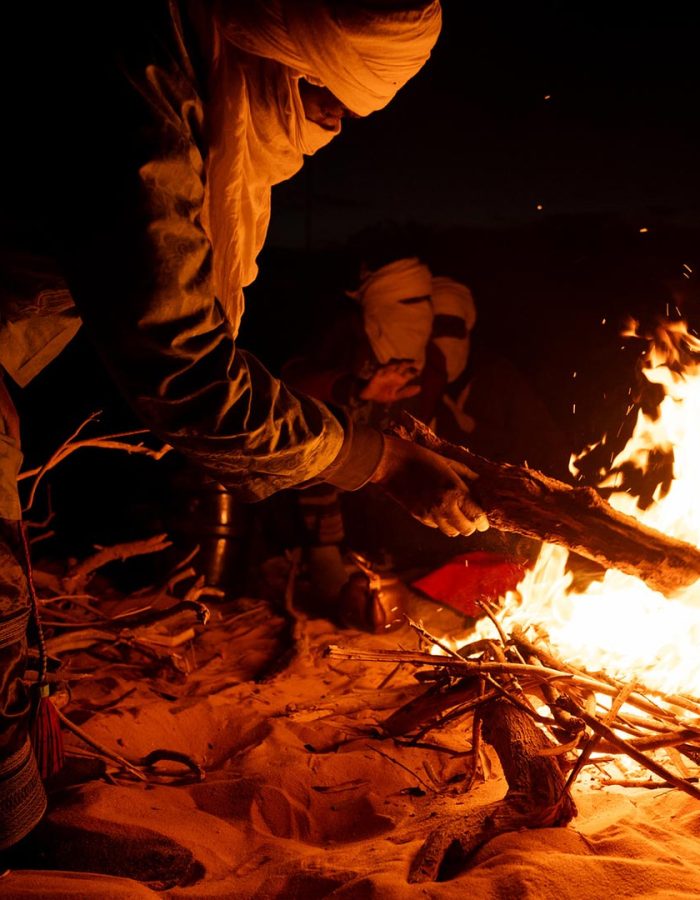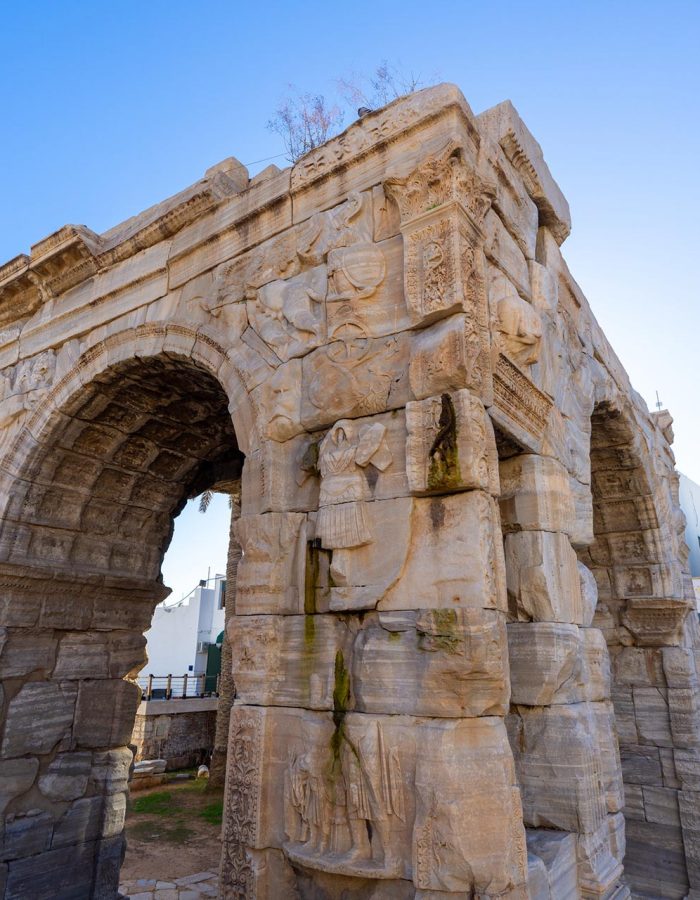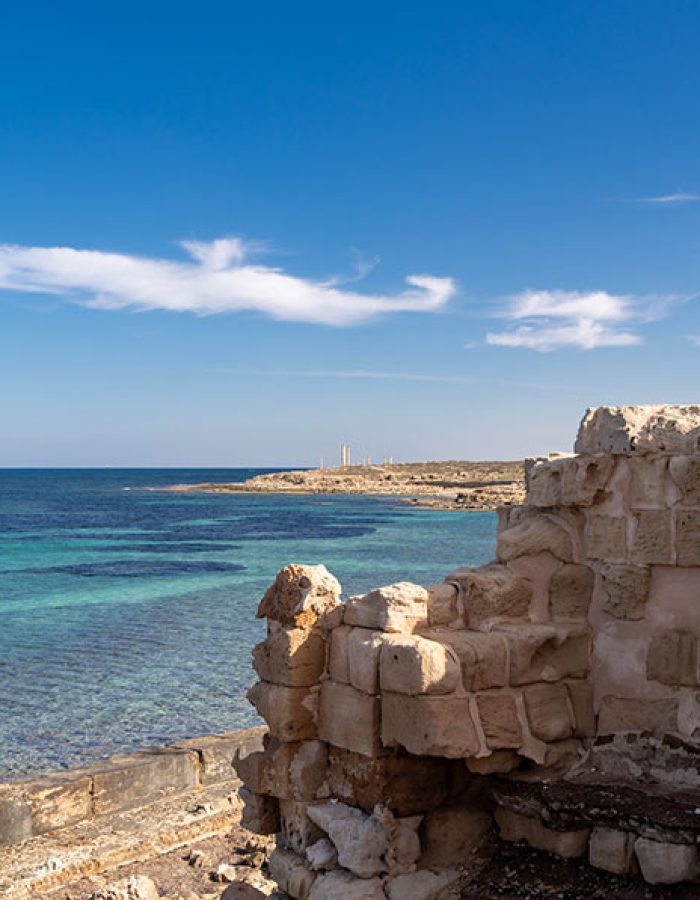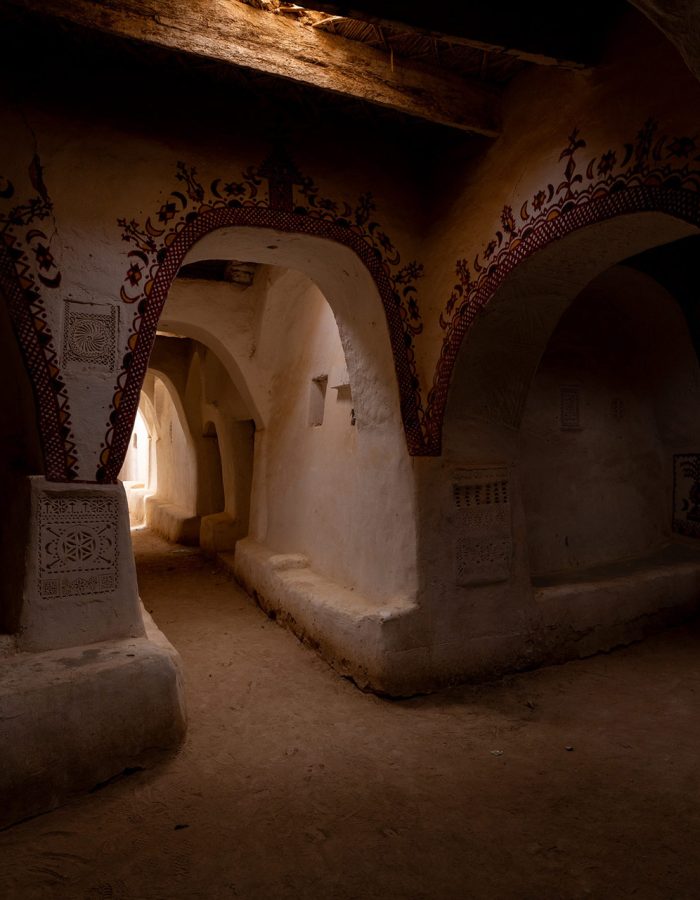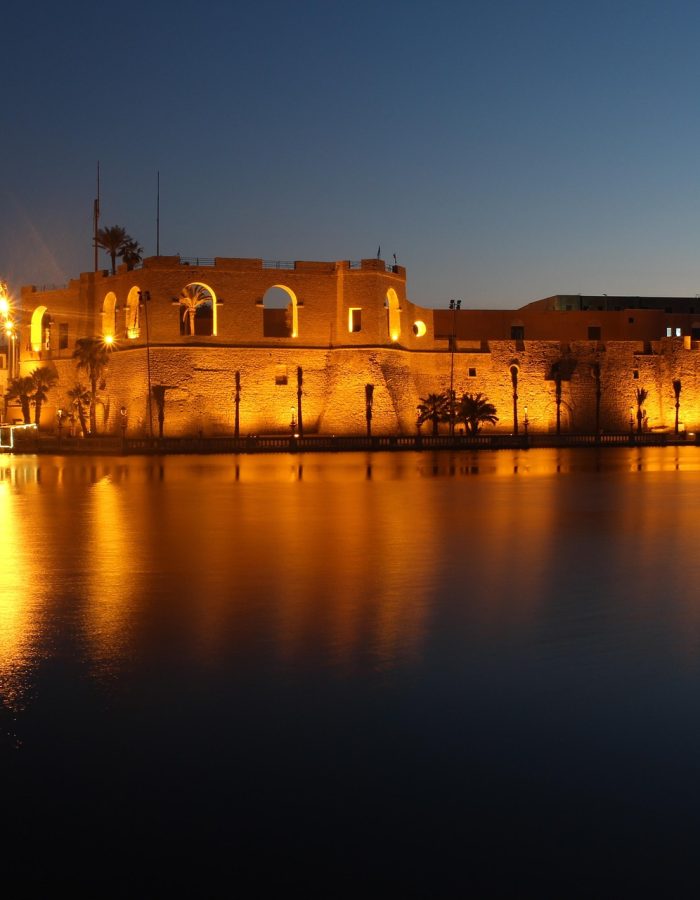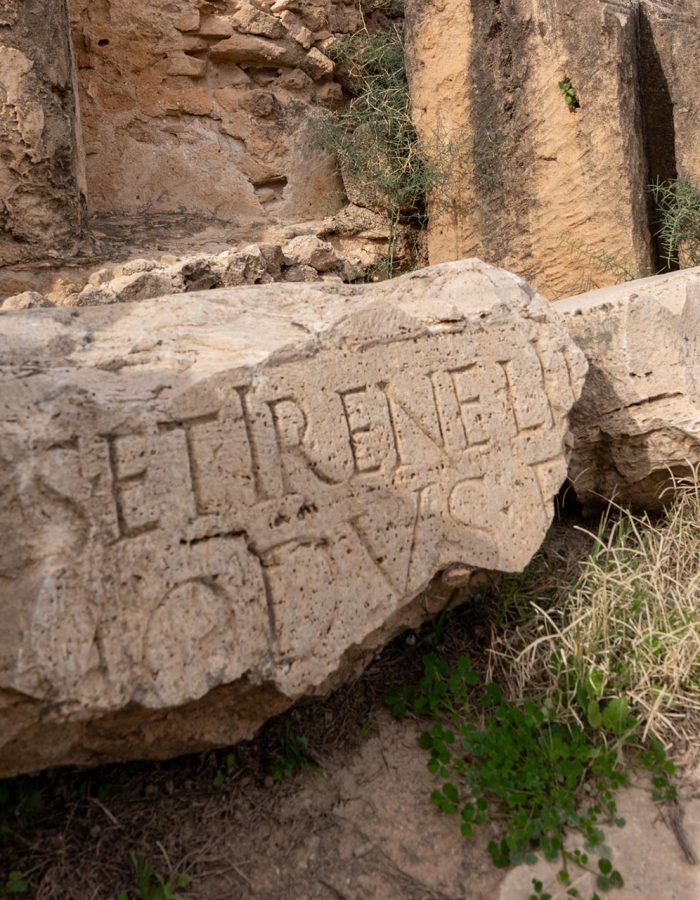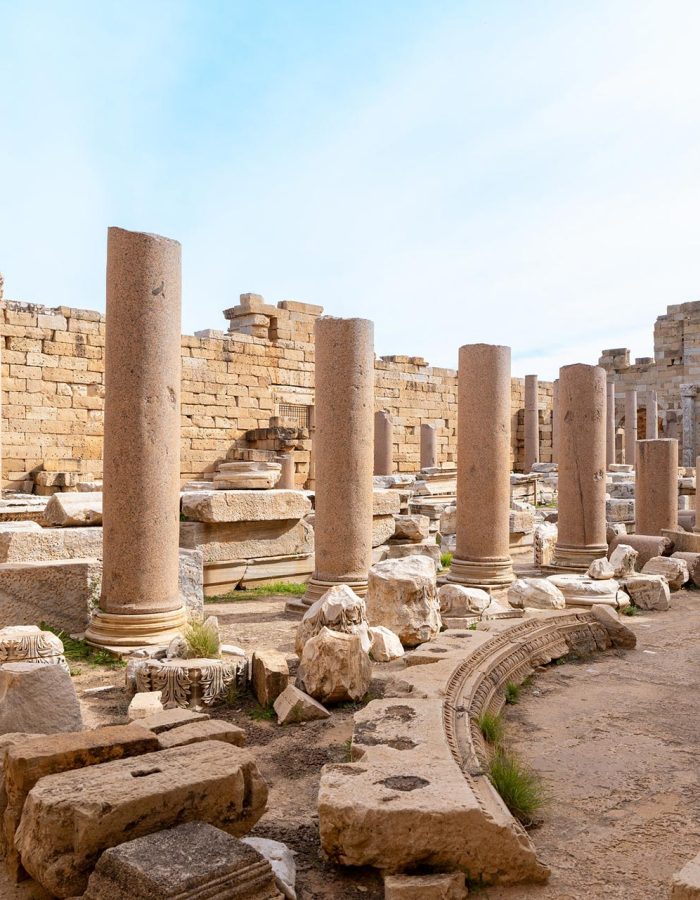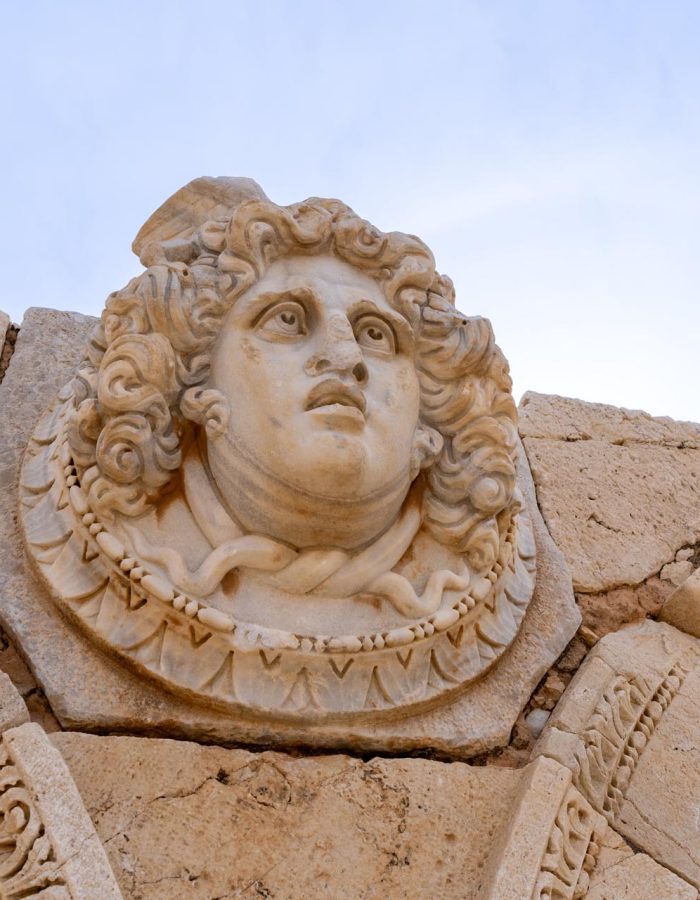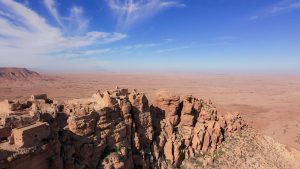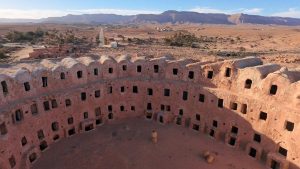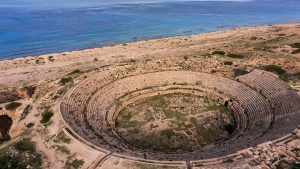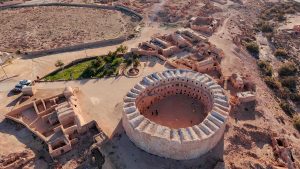It begins, as all true encounters with Tripoli do, with the scent of something ancient in the air—stone warmed by centuries, cardamom steeped in brass pots, seawater licking the edge of empire. To arrive in Tripoli is not to visit a city. It’s to step into the weave of history itself, still taut with tension and color, still breathing with quiet urgency. In a Mediterranean crowded with curated charm, Libya tours to Tripoli remain defiantly untamed, thrillingly real.
Known in antiquity as Oea, Tripoli’s bones go back to Phoenician traders and Roman emperors, with layers of Islamic, Ottoman, and Italian colonial rule stitched through its urban fabric. Here, time folds into itself like a tightly coiled medina alleyway—each turn revealing another lifetime. And yet, there’s nothing nostalgic about Tripoli. It lives. It resists. It welcomes, with the raw hospitality of a people who remember what it means to be unseen—and rejoice, quietly, when a traveler finally sees them.
This guide is your invitation into Tripoli’s living story. It begins in the ancient souks of the Old City and winds its way through Roman arches and Red Castle bastions, past espresso-sipping elders and date-sellers whispering blessings, through ruins and rooftops, into the heart of Libya’s complex soul. For those willing to look closely and walk slowly, Tripoli offers not just a destination—but a deep, resonant experience of place.
Wandering the Medina: Soul of the City
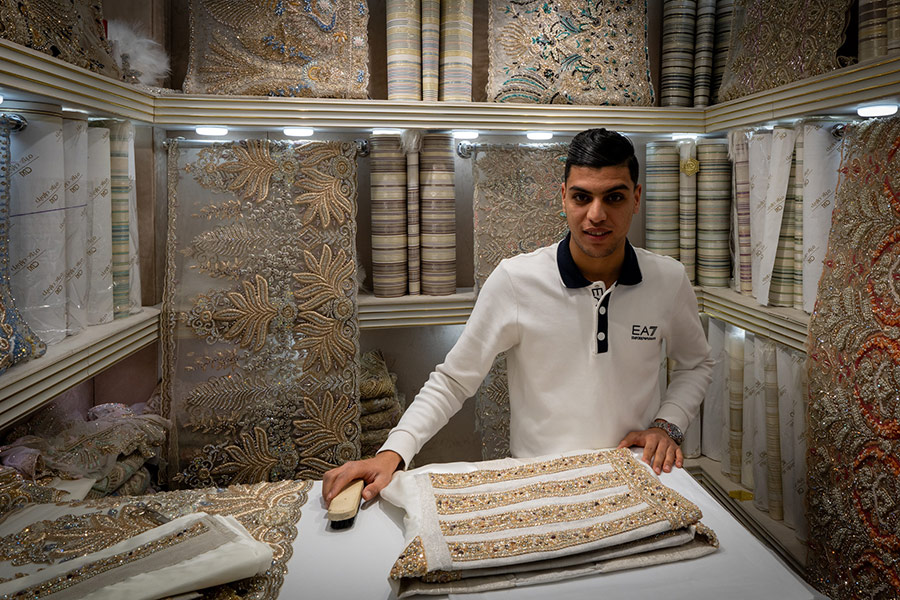
The old city of Tripoli—known as the Medina—is no tourist simulation. This is a living, breathing enclave where commerce, devotion, and daily life have intertwined for centuries. Encircled by ancient walls and punctuated by gates that once led camel caravans to distant Saharan oases, the Medina holds stories in every cobblestone and shadow.
Step through Bab al-Bahr, the Sea Gate, and time begins to blur. The narrow streets pulse with activity: shopkeepers arranging pyramids of oranges, weavers knotting wool into patterned carpets, blacksmiths hammering out brass teapots that gleam in the filtered sunlight. The scent is part spice market, part warm stone—clove, cumin, dust, and mint. Children dart past piles of olives and towers of halva. The occasional muezzin’s call floats between rooftops, a melodic reminder that faith, like everything here, is layered into the daily rhythm.
Don’t rush. Meander. Sit on a worn stoop and let the city rise around you. Here you’ll find the 19th-century Gurgi Mosque, a masterpiece of Ottoman elegance with its blue-and-white tilework and slender marble columns. Nearby, the 18th-century Ahmed Pasha Karamanli Mosque invites quiet reflection under its green dome, its courtyard shaded by citrus trees. Tucked away in a side alley is a tiled hammam still used by local men, steam whispering through the latticed windows. And above it all, the 30-meter Ottoman clock tower from 1902 keeps its own stubborn pace.
Among the souks, none are more emblematic than Souq al-Mushir, once the province of Ottoman governors and now a marketplace of garments, hardware, and memories. Nearby Souq al-Gizdara sings with the clang of copper and brass—triptychs of tradition engraved in every teapot and tray. Look closely and you’ll see generations of craftsmanship passed from father to son, tools polished smooth by time and use.
For a rare morning hush, come early—before shutters creak open and bargaining begins. In the golden quiet, Tripoli reveals its softness. But come back at dusk too, when families shop together and laughter fills the alleys. Tripoli’s medina is not a monument. It’s a heart still beating.
The Arch of Marcus Aurelius: Memory in Marble
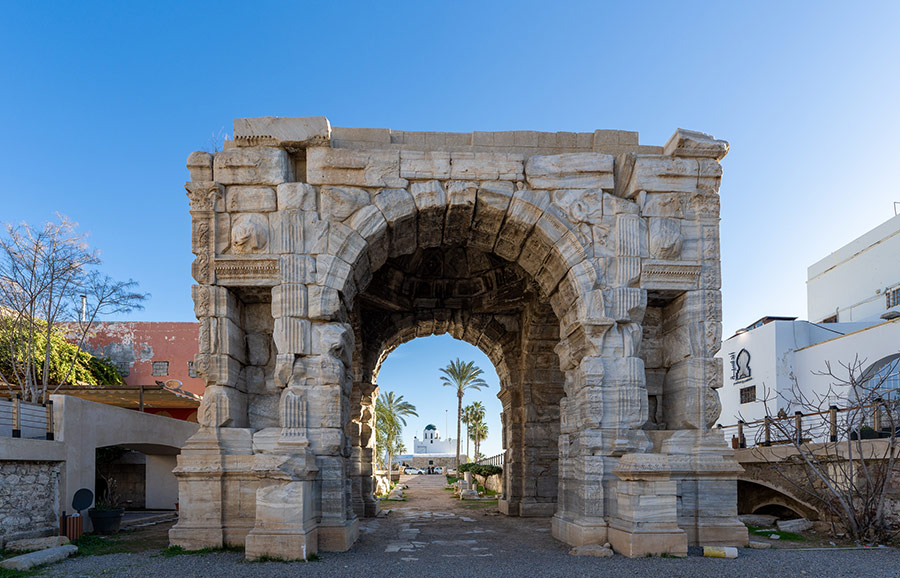
Slip deeper into the Medina and you’ll find it—not cordoned off, not elevated, but simply standing amid daily life. The Arch of Marcus Aurelius, built around 165 AD to honor the Roman emperor, is the last surviving fragment of ancient Oea. Marble and timeworn, it rises from a modest plaza like a dream misplaced in the present.
Its carvings—Roman gods, flowing robes, victorious horses—have been worn soft by wind and generations. Children chase footballs beneath its arches. Merchants sip tea nearby. A grandmother folds bread under its shadow. This isn’t a ruin admired from behind a rope. It’s a living monument that still hums with the city’s rhythm.
Arrive in late afternoon, when the sunlight glances off its fluted columns. Or stay into the evening, when the arch is lit from below—its contours glowing softly, like the ember of an ancient memory. It’s a haunting and beautiful reminder: empires fall, but the soul of a city endures.
Red Castle and Martyrs’ Square: The Pulse of Modern Tripoli
Where the medina opens to the sea, a massive red-stone fortress dominates the skyline. This is As-Saraya al-Hamra, the Red Castle—Tripoli’s most enduring symbol and a living testament to Libya’s tangled past. Once a Spanish citadel, then Ottoman stronghold, then Italian colonial palace, it now houses the national museum (when open) and watches over Martyrs’ Square, the city’s great civic stage.
Wander the castle’s perimeter at golden hour. Palm trees sway along the marina. The sea breathes gently nearby. Vendors offer piping-hot flatbreads and honeyed magrood. From the square, echoes of the past rise: Italian façades, Gaddafi’s renamed “Green Square,” and today’s families walking hand in hand. It is a space of memory, of protest, of joy, of mourning—and of life moving forward.
If the museum is open, step inside. Roman mosaics lifted from Leptis Magna, Amazigh jewelry gleaming with ancestral pride, portraits of Libyan kings and revolutionaries. This is Libya cultural heritage layered in stone and thread, paint and pottery. Even closed, the Red Castle’s walls whisper their own story. Pause, listen—and you might hear the footfalls of centuries.
A Taste of Tripoli: Tea, Tradition, and the Joy of Sharing
To know a city, eat its food. And in Tripoli, food is not just sustenance—it’s a ritual, a celebration, a welcome. Start your day like a local: shakshuka in a cast-iron pan, eggs bubbling in a spiced tomato base, scooped up with fresh khubz. At lunch, savor couscous with lamb, sweet with cinnamon and studded with chickpeas. Or try bazeen, that uniquely Libyan dish of barley dough soaked in a savory stew and eaten by hand—no forks required, just hospitality and clean fingers.
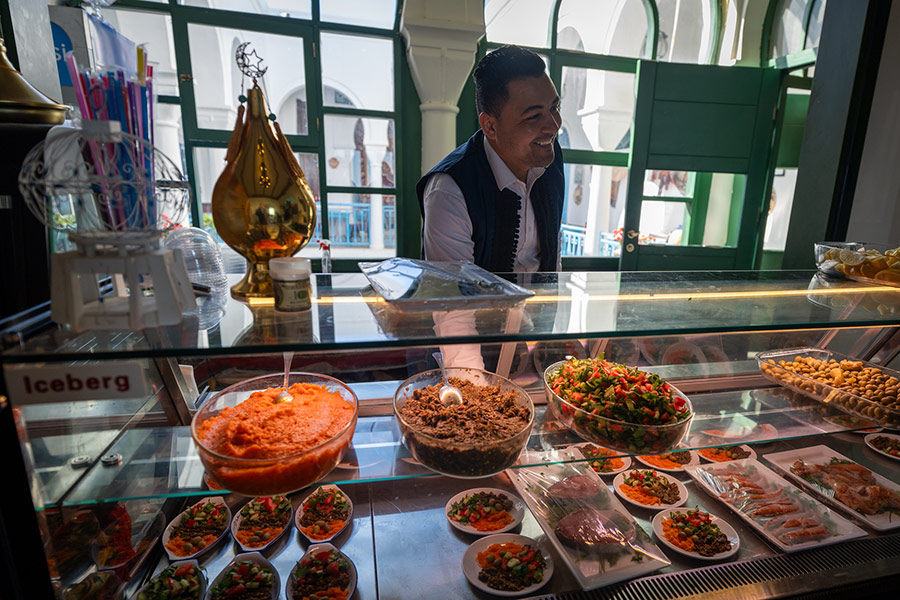
And then there is tea. Always tea. Served in three rounds—bitter, strong, and finally sweet, poured over peanuts in the glass. It’s not just a drink, but a rhythm, a heartbeat. Shared on balconies, in dusty courtyards, beside the sea. If you’re lucky, someone will invite you in. Say yes. Sit. Sip. This is the soul of Tripoli.
For those craving a reminder of colonial flair, Italian cafés still dot the city. Order an espresso at Caffè di Roma or share a plate of pasta in the Dahra district. Libya’s tangled past lives on even in its cuisine—and the plates tell their own stories.
Layers Beneath the Surface: Tripoli’s Timeless Tapestry
To truly understand Tripoli, you must walk it not as a tourist but as a quiet observer—one attuned to the echoes of its Phoenician Tripoli origins, the ancient Oea buried beneath modern stone. You’ll find these Tripoli historical layers not in glass cases or manicured piazzas, but underfoot, in the worn marble thresholds of houses that have stood since the time of Roman trade and Carthaginian power.
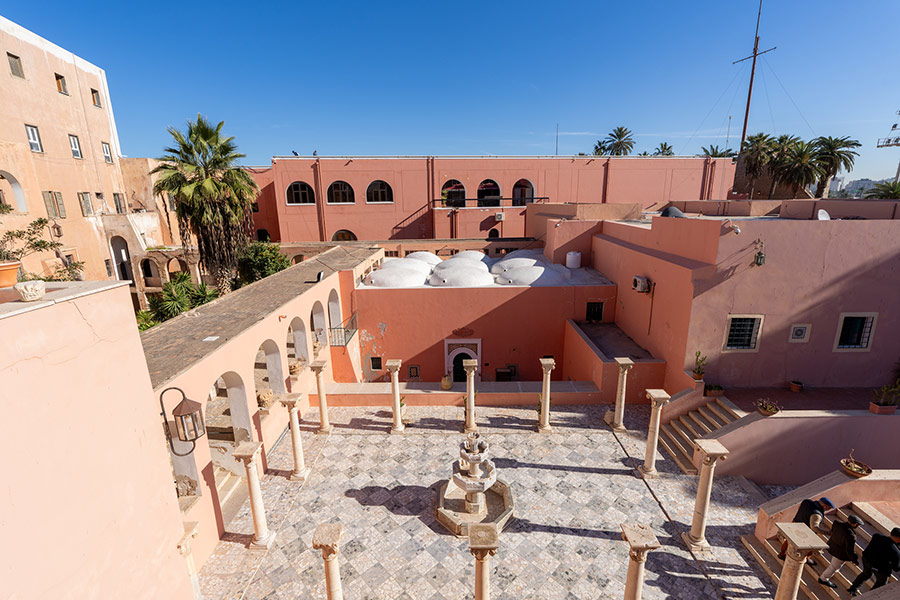
Exploration here isn’t linear. It unfolds in the folds and creases of the Tripoli medina exploration, where Tripoli souks and markets continue centuries of commerce beneath wooden lattices and timeworn arches. Every corridor, every square, holds a piece of the city’s DNA—whether you’re haggling for brassware in the Tripoli brass market or following the scent of anise through alleyways that have barely changed since Ottoman times.
Pass through the ancient gate Tripoli at Bab al-Bahr once more and you’ll notice what you missed the first time—the small olive press still turning in a shadowed corner, the soft call of a merchant speaking three languages at once, the light brushing off the domes of Tripoli mosques in late afternoon.
Of Minarets and Marble: Tripoli’s Sacred Spaces
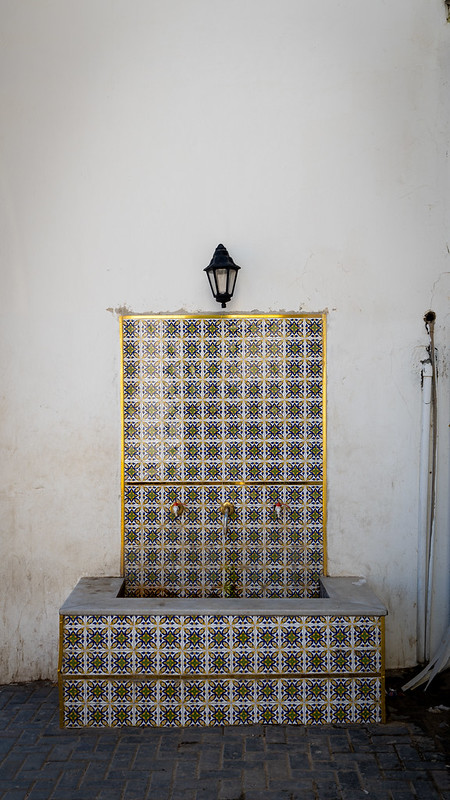
The sacred pulse of Tripoli beats not only in grand mosques but in its quiet courtyards and hidden sanctuaries. The Gurgi Mosque Tripoli, with its Ottoman tile mosaics and tranquil arcades, is an architectural poem tucked within the market’s chaos. Step inside and the clamor of the street falls away, replaced by marble coolness and flickers of candlelight. A short walk away, the Karamanli Mosque rises from a sunlit plaza—a reminder of the city’s 18th-century rulers and their enduring influence on the skyline.
Between the two, you may stumble upon one of the many Tripoli hammams—traditional bathhouses, some centuries old, still quietly steaming behind unmarked doors. These are the unsung keepers of community and continuity, of cleansing not only the body but the spirit. As evening calls echo above, glance up—there it is again, the Tripoli Ottoman clock tower, counting the hours in the old city just as it has since 1902.
Markets of Memory: The Souks of the City
To explore exploring Tripoli markets is to feel the heartbeat of the city in full swing. At Souq al-Mushir, once a governor’s promenade and now a maze of tailors and household goods, you’ll see the convergence of old authority and new enterprise. Deeper still lies Souq al-Gizdara, where the clang of hammers against copper forms a rhythmic chant that resonates like an inheritance.
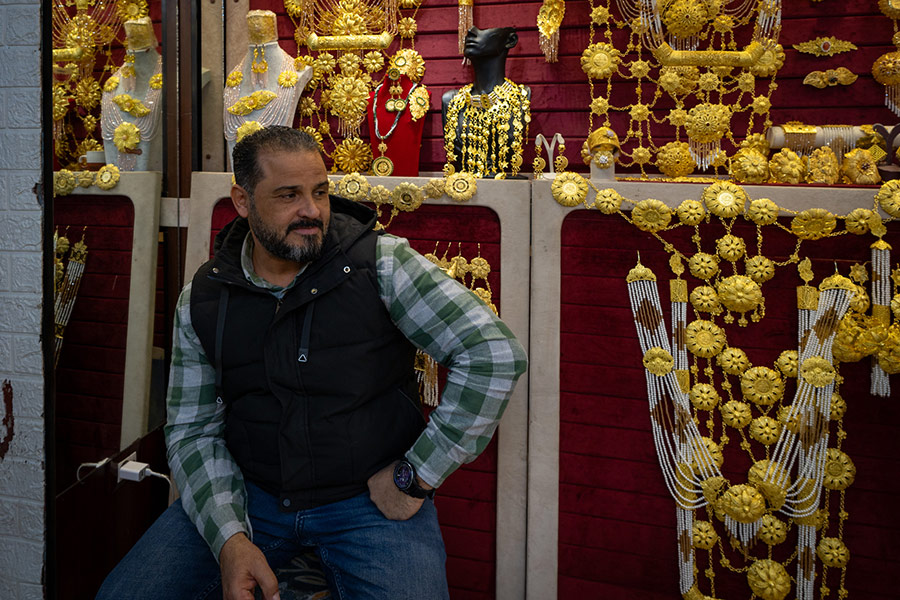
This is a place of tactile wonder. Run your hand over engraved trays, patterned leather, bolts of linen. Every vendor, every item, carries a whisper of Tripoli’s past. Don’t just shop—listen. Watch. These are stories as much as wares, and the vendors, storytellers as much as merchants.
Center of Gravity: Martyrs’ Square and Its Surroundings
At the heart of modern Tripoli lies Martyrs’ Square in Tripoli, once Piazza Italia, then Green Square, and now a place reclaimed by the people. It is Tripoli’s main square, yes—but also its living room, its civic stage, its soul exposed. Sit here long enough and you’ll witness everything from impromptu football matches to political conversations carried out in a hush over sunflower seeds and coffee.
Children dance along the palm-fringed promenade. Teenagers race bicycles past the colonnades of central plaza Tripoli. Old men play chess with stones on marble slabs. And always, just beyond the voices and shadows, the Red Castle looms—holding centuries in silence.
The Art of the Sip: A City Built on Tea and Espresso
While the rhythms of the day are marked by the call to prayer, the spaces between are filled with clinking glasses. The Tripoli tea tradition is everywhere—on stoops, in souks, on rooftop terraces. Sweet, syrupy, and sometimes served with softened peanuts in the glass, tea is more than refreshment here. It is ritual. Reassurance. A way of saying “you are welcome” without words.
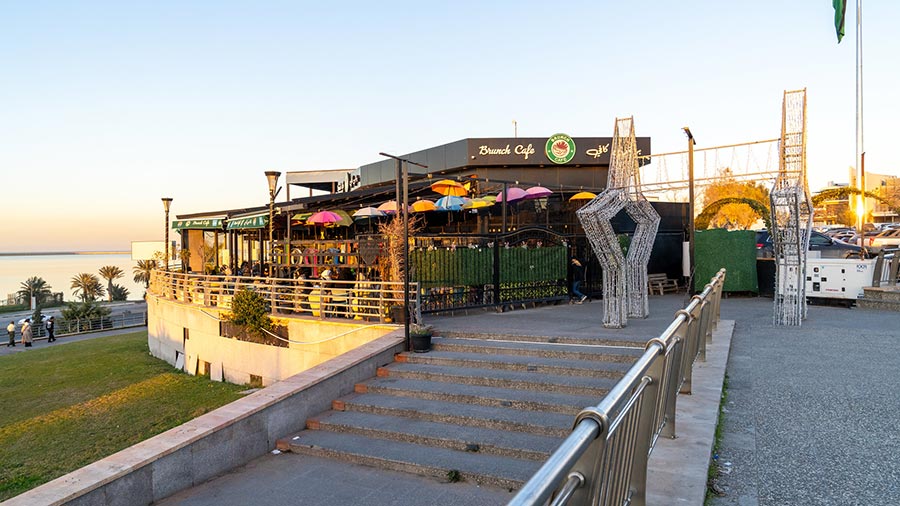
But don’t be surprised if your host offers espresso, too. The city’s colonial past lingers not just in its buildings, but in its café culture. Tripoli espresso culture thrives in weathered coffee bars where crema-topped cups come with old-world grace. There are few things more grounding than sipping a cappuccino as you watch the Mediterranean blink back sunlight from beyond the sea wall.
From tea leaves to tamarind juice, baklava to asida, Tripoli is a feast—and every table tells a tale. This is the essence of Tripoli culinary heritage: layered, generous, unhurried.
One Last Look: A City You Feel More Than See
As the sun lowers over Red Castle Tripoli and the call to prayer drapes golden across Tripoli cultural center rooftops, you begin to understand what makes this place unforgettable. It isn’t a single landmark or dish or view. It’s the weight of time carried lightly by the people. The way marble meets mint, faith meets sea breeze, old meets ongoing.
Tripoli doesn’t dazzle on demand. It doesn’t ask to be liked. But if you walk slowly enough, listen quietly enough, and drink deeply enough—it will show you its heart.

